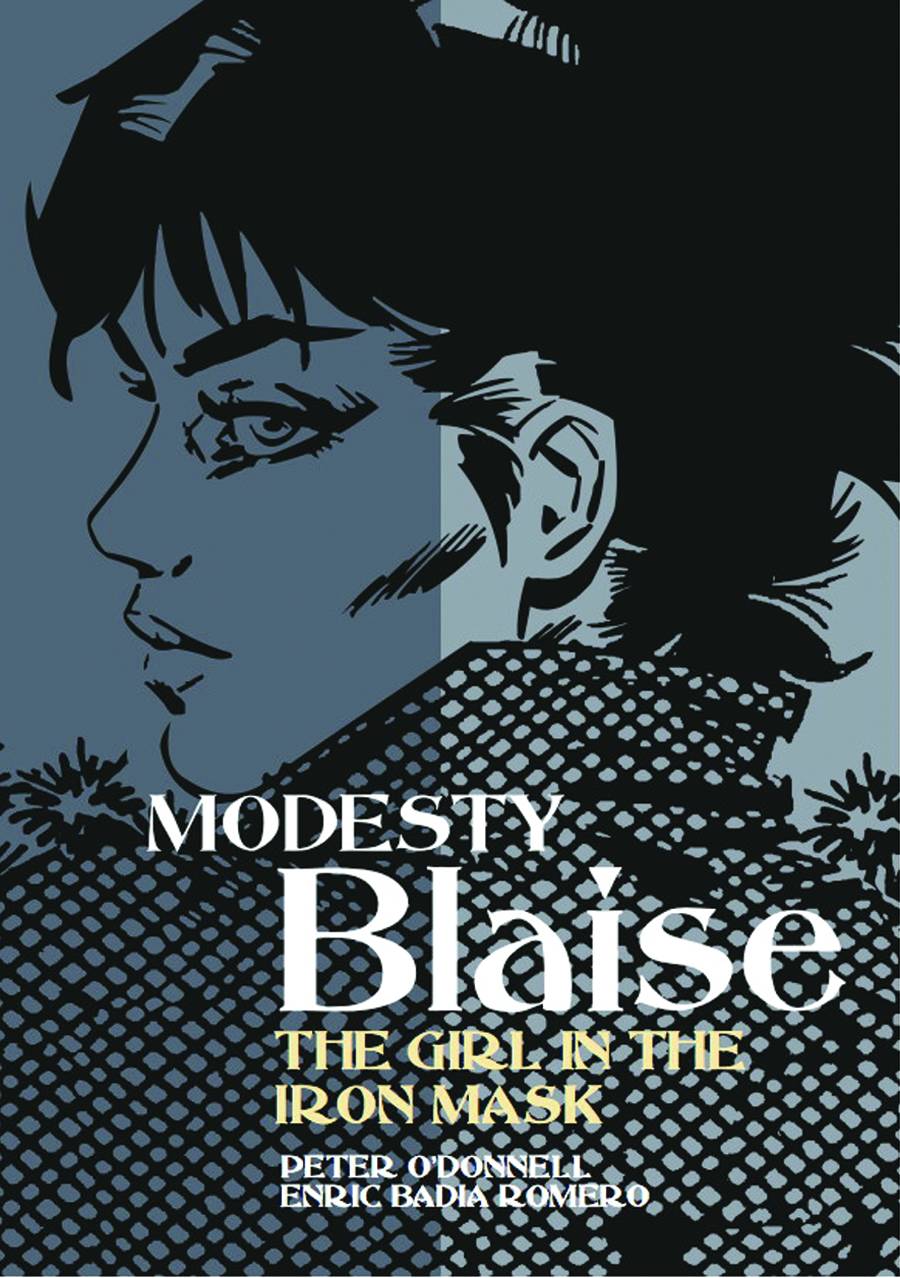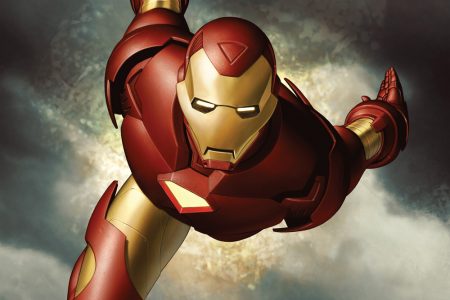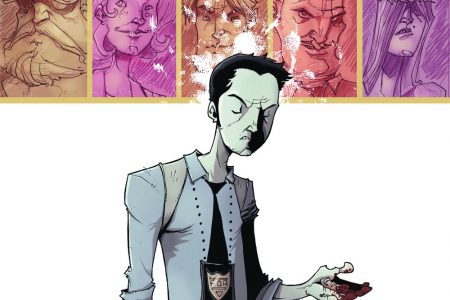Written by Peter O’Donnell
Art by Enric Badia Romero
Published by Titan Books
I grew up in London, so would occasionally see the Modesty Blaise strip in the Evening Standard newspapers discarded on the trains in the underground. I was always amazed that the strip survived so long, with only three panels of fairly small black and white art, the tiny snippet of story being played out on a daily basis. I wasn’t aware of the history of the strip – it started in 1963 in the Evening Standard, finishing in 2001 – nor of the eleven novels or the film from 1966; the only cultural touchstone was the reference in Pulp Fiction, so it was a delight to be able to read this collection and see for myself why the character was so popular and why the strip lasted so long.
The strip was created by O’Donnell, with art initially by Jim Holdaway (until his death in 1970); Romero took over art duties until 1978, with three other artists replacing him until 1986, when Romero returned to draw the strip until it finished (Romero, a Spanish artist, spoke no English and the scripts had to be translated). This collection – the twenty-third so far published by Titan; there were 95 stories in total – contains three stories first published in 1990–1991: Fiona, Walkabout, and The Girl In The Iron Mask. The strips are the same throughout: three panels of story with no ‘Previously on …’ catch-up notes, with all the ingredients for the story told through the dialogue, artwork and some minimal expository text (limited by the space available in the panels), with a small credit box in the first panel and a number identifying the strip in the corner somewhere. The amazing thing is the economy and precision with which the narratives are presented; O’Donnell and Romero have an excellent storytelling partnership, able to convey so much in such a small space, generating excitement and adventure on a regular basis, with clarity and style and precision.
Modesty Blaise is a great female character: she is an extremely capable woman, smart, calm under pressure, able to take care of herself in a fight, yet thoughtful of others, particularly those who worked for her in The Network. After the second world war, she was a young girl who escaped a displaced person camp in Greece before surviving a tough life in the Middle Eastern and North African regions, growing up to become head of a criminal gang in Tangier, which she expanded into an international operation known as The Network. Her right-hand man, in a purely platonic sense – she is always the one in charge – is Willie Garvin, who started with her in the days of The Network and followed her when she retired from the criminal life to England after she had acquired enough wealth. She eventually got bored of the uneventful life and started helping the British Secret Service as well as other people she meets on her travels, protecting them from unsavoury types and taking a hands-on approach to problem-solving, with the aid of Garvin.
The first story, Fiona, sees Modesty visiting one of her former Network operatives in Bangladesh and getting involved with the local drug runners, who happen to be run by an old enemy of Modesty, who has a particular dislike of drugs (I should also point out that the Fiona of the title is a chimpanzee from the circus where Garvin has been having a working vacation, who takes a liking for Garvin and follows him on the adventure). The second story, Walkabout, sees Modesty going for a walkabout in Australia with an ex-Network Aborigine to escape back to nature, which ends up with her getting involved with the Australian mafia when they try to kill the head of Internal Security (whose secretary is intimate with Garvin) by brainwashing an Aborigine (who happens to save Modesty afterwards; these stories occasionally need some coincidences to propel the narrative). The final story, The Girl In The Iron Mask, sees Modesty captured under the orders of multi-millionaire former-criminal twins, who want to play twisted torture games with her, placing her in an actual iron mask and watching her as she struggles in her confinement. This tale is the weakest of the three collected here, which is a shame that it provides the title for the collection, but I suppose it is catchier than the other two.
These stories are very good, even the slightly lesser eponymous tale; O’Donnell is a very good writer who creates engaging capers placed in real-world scenarios that allow for some of the more unusual elements, such as Modesty charming a king cobra by swaying gently, or Fiona the chimpanzee saving Modesty by attacking a man with a gun. I really like combination of the well-researched criminal elements (drug running, organised crime) and the exotic locales (the small village in Bangladesh, the outback), which provide a great backdrop for the adventures of Modesty and Willie. The art from Romero is lovely, telling the story yet filling the small panels with exquisite detail; his woman are beautiful (Modesty is particularly sexy) yet he can also draw the details that set the scene and make the panel, even something as simple as drawing animals that actually look like animals. I find the level of craft on display in these strips very impressive – O’Donnell and Romero produced high-quality sequential pictorial stories day in, day out, week in, week out, and it doesn’t waver. I’m glad that Titan has produced these permanent collections of Modesty Blaise, because these stories deserve it.
Disclosure: this book was provided for review purposes.




